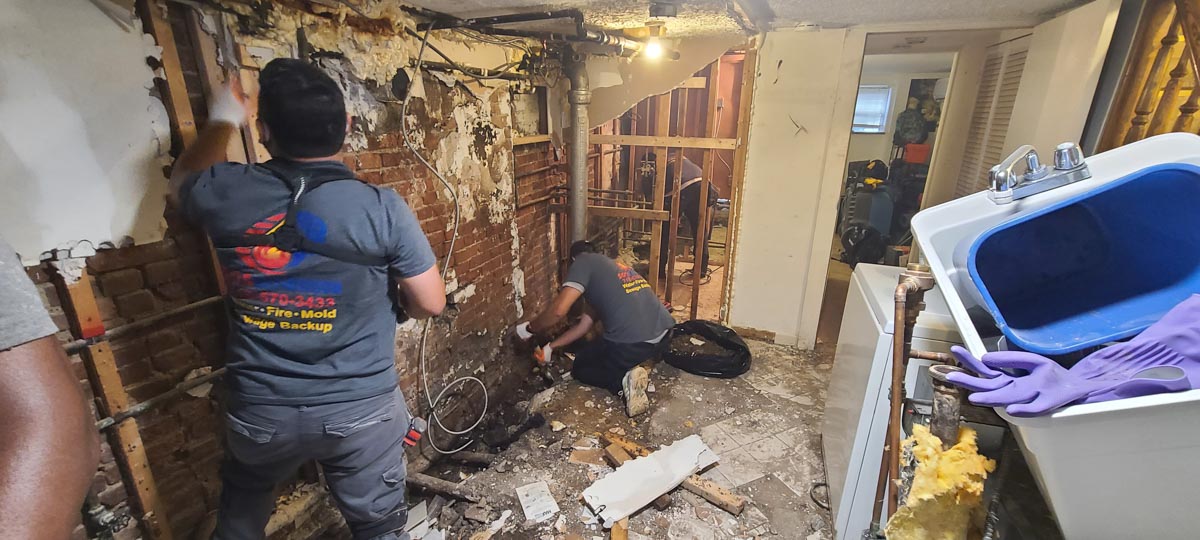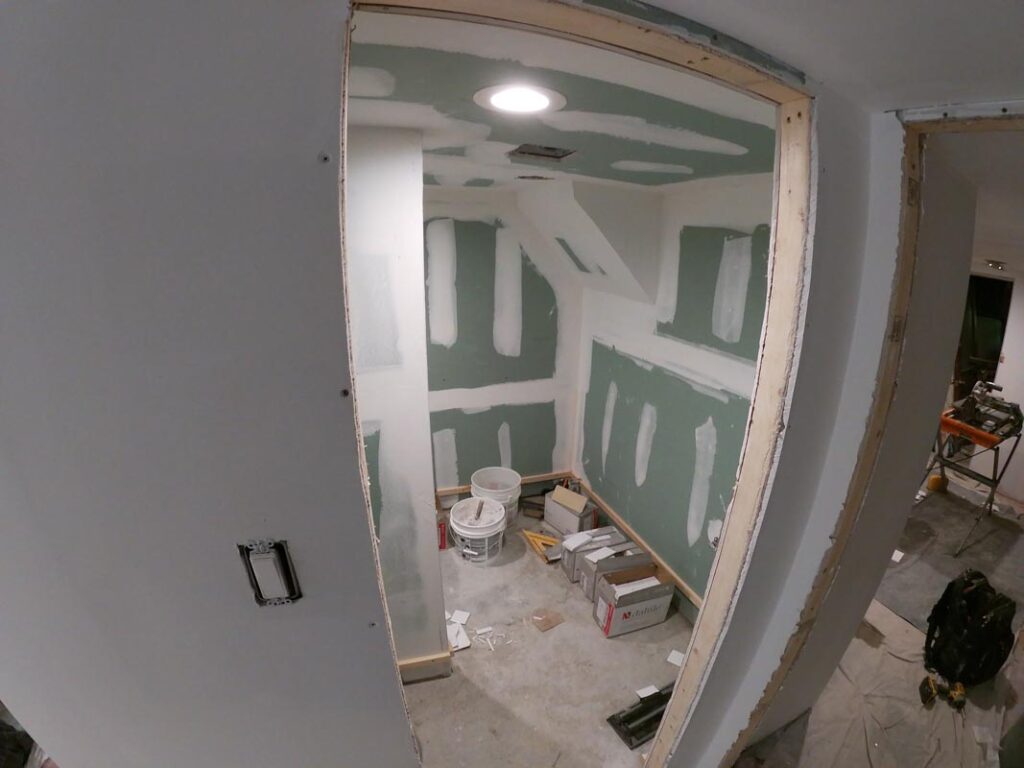Protect Your Home with Expert Basement Water Damage Services in Long Island
Protect Your Home with Expert Basement Water Damage Services in Long Island
Blog Article
Cellar water injury is really a climbing matter for many homeowners, especially in places prone to large rainfall and flooding like Extended Island. A damp, flooded, or broken basement not merely affects the architectural integrity of your property but may also lead to significant health problems due to mold growth and poor interior air quality. Working rapidly and getting targeted measures to handle water injury is critical. Here's a step-by-step breakdown of how to handle Flooding repair long island both efficiently and efficiently.
Understanding the Scope of the Damage
Long Area frequently activities large rainfall, with specific parts documenting over 40 inches annually. These moist conditions lead to increased basement flooding incidents, especially in domiciles with bad drainage methods or aging waterproofing. Identifying the origin of the water is key. Common culprits contain defective sump sends, chips in attic surfaces or foundations, or backed-up gutters and drainage systems.
Start by assessing how considerable the water intrusion is. Is it restricted to a wet repair on the wall, or has the water pooled across a floor? Showing the damage through photographs or films can be useful for insurance statements if necessary.

Remove Excess Water Quickly
Once you have assessed the situation, removing standing water should be your immediate priority. The longer water rests in your cellar, the higher the risk of shape growth and more architectural damage. If there is significant flooding, professional-grade pushes can remove the water more effectively. For smaller puddles, mops, towels, or store vacuums can assist with fast water removal.
In accordance with recent reports, shape can begin growing within 24-48 hours of water publicity in moist environments. That makes immediate action essential to mitigate potential health hazards.
Drying and Dehumidifying the Basement
Following removing standing water, the following important step is drying out the basement completely. Circulate airflow applying fans and make sure that windows are left open when probable to promote ventilation. Adding a dehumidifier can speed up the drying process by removing surplus water in the air.
Long Island's high humidity degrees, particularly during summer time, can intensify humidity maintenance in basements. Ensuring the location is thoroughly dried can help prevent long-lasting damage around time.
Repair the Damage and Address Future Risks
Examine influenced parts for injury after the basement is dry. Walls, floor, and efficiency may require changing, depending on the seriousness of the water infiltration. Closing basis cracks and upgrading to water-resistant components will help drive back future flooding.

Additionally, contemplate typical maintenance of your home's outer drainage system. Keeping gutters apparent, reinforcing the mountain of one's garden, and installing proper waterproofing actions can considerably reduce the probability of potential situations of basement water damage.
Taking Timely Action is Key
Using its large rains and prospect of flooding, Long Area homeowners should keep cautious in regards to basement water damage. Fast activity to evaluate, remove, and restoration damage can save yourself homeowners from expensive repairs and health risks down the line. Remain practical, and assure routine inspections and waterproofing methods to safeguard one of your home's most valuable spaces.
Report this page